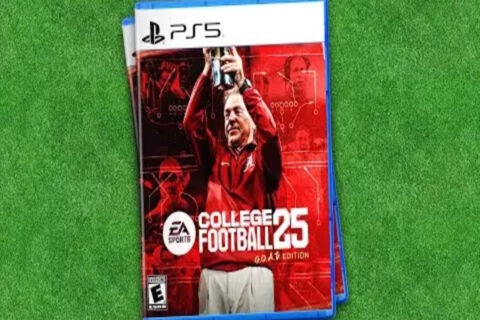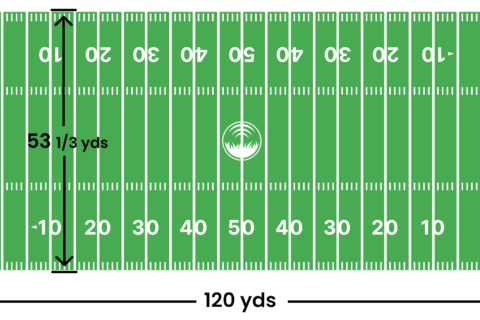Many young athletes dream of playing sports in college. But what if you are only 16 or 17? Can you still join a team? Let’s explore the rules and eligibility criteria for young college athletes in NCAA sports.
Understanding the NCAA
The NCAA, or National Collegiate Athletic Association, is the organization that manages college sports. They have rules to ensure fair play and safety for all athletes. These rules also determine who can play and when.
Basic Eligibility Requirements
To play in NCAA sports, all athletes must meet certain basic requirements. These include:
- Graduating from high school
- Completing core courses
- Maintaining a minimum GPA
- Taking standardized tests like the SAT or ACT
These rules apply to all student-athletes, regardless of age. But what about teenagers who are younger than most college students?
Age And Ncaa Sports
There is no specific age limit to play in NCAA sports. The main requirement is that the athlete must have finished high school. So, if a teenager is 16 or 17 and has graduated, they can play. However, there are other factors to consider.
Academic Readiness
Young athletes must be academically ready for college. This means they have taken the necessary high school courses and earned good grades.
Physical and Emotional Readiness
College sports are demanding. Athletes need to be physically and emotionally prepared. This is important for safety and success. Being younger can sometimes be a disadvantage in this area.
Parental and Coach Support
Support from parents and coaches is crucial. They can help young athletes navigate the challenges of college sports. They can also provide guidance and encouragement.
Specific Rules for Different NCAA Divisions
The NCAA has three main divisions: Division I, Division II, and Division III. Each division has its own rules and requirements.
Division I
Division I schools have the most rigorous athletic programs. They offer scholarships and have strict eligibility requirements. Young athletes must meet all academic and athletic standards to participate.
Division Ii
Division II schools also offer scholarships, but the programs are less intense than Division I. The eligibility requirements are similar. Young athletes must be prepared to compete at a high level.
Division Iii
Division III schools do not offer athletic scholarships. The focus is more on academics and the student-athlete experience. The eligibility requirements are less strict, but young athletes still need to be ready for college sports.
| Division | Scholarships | Eligibility Requirements | Competition Level |
|---|---|---|---|
| Division I | Yes | Strict | High |
| Division II | Yes | Moderate | Moderate |
| Division III | No | Less Strict | Lower |

Credit: friars.com
Case Studies of Young College Athletes
There are many examples of young athletes succeeding in NCAA sports. These case studies can provide inspiration and insights.
Case Study 1: Michelle Wie
Michelle Wie started playing college golf at Stanford University at age 17. She was a top player and balanced academics and athletics well.
Case Study 2: Freddy Adu
Freddy Adu was a soccer prodigy who started his professional career at age 14. He later played college soccer, showing that young athletes can succeed.

Credit: umdbulldogs.com
Conclusion
College teenagers aged 16-17 can play in NCAA sports if they meet the requirements. This includes graduating from high school and being ready academically and physically. Support from parents and coaches is also important. Understanding the different NCAA divisions can help young athletes find the right fit. With determination and support, young athletes can achieve their college sports dreams.
Remember, the journey may be challenging, but the rewards are worth it. Stay focused, work hard, and enjoy the experience of being a college athlete.








